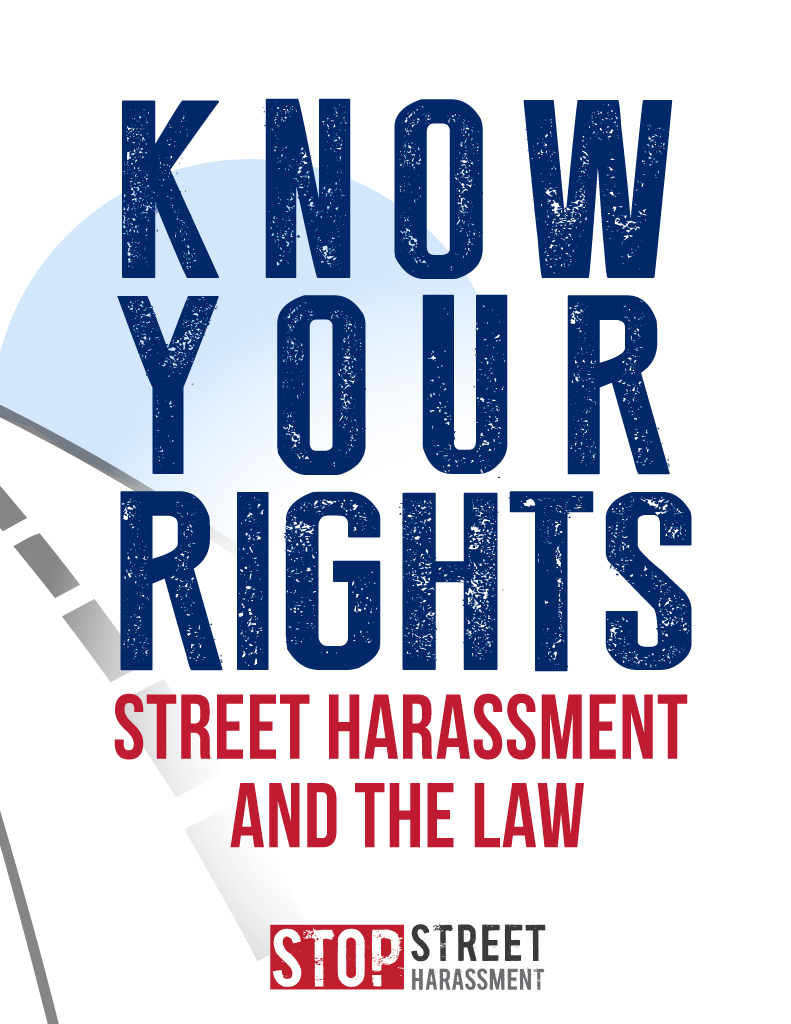 On each state page, you will find a description of relevant crimes and their approximate penalties. In order to determine the penalty for a crime, you need to know its degree.
On each state page, you will find a description of relevant crimes and their approximate penalties. In order to determine the penalty for a crime, you need to know its degree.
Most states classify crimes in three ways:
1. Violations or infractions are civil offenses that result in a ticket or citation (typically accompanied by a fine or some other penalty).
2. Misdemeanors are more serious crimes and are usually punishable by up to one year in jail.
3. Felonies are the most serious crimes and are punishable by time in prison, usually more than a year.
Misdemeanors and felonies may also have fines associated with them.
Within these three categories, states may designate different degrees or classes, such as Class A, B, and C misdemeanors or first and second-degree felonies.
* Class A or first-degree crimes are usually the most serious.
* Class C (or D, or E, depending on the state) or third-degree crimes are usually the least serious.
Most street harassment crimes are misdemeanors, but you will find violations/infractions and felonies included in this toolkit as well. We’ve included the possible sentencing for each crime to give you an idea of the penalty a street harasser may face if convicted.
